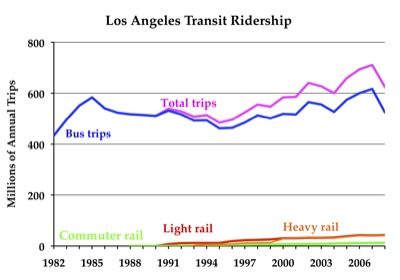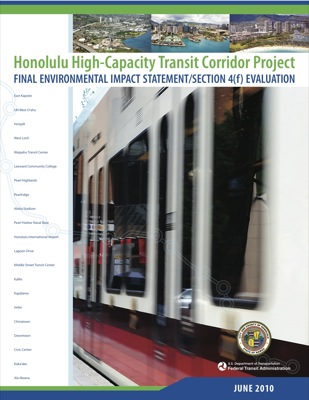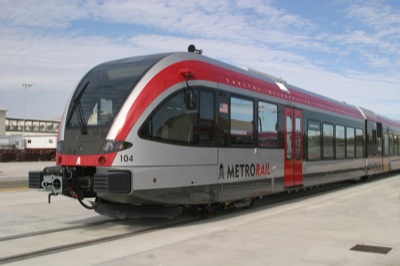A sad story from Illinois: Phil Pagano, the head of Metra, Chicago’s commuter-rail agency, was recently accused of granting himself an unauthorized $56,000 bonus (on top of his regular pay of $270,000) in 2009. The agency initially denied it, but then announced it had suspended Pagano during its investigation, which later revealed that he had written himself forged signatures on checks totaling “about $100,000” (update: now up to $475,000).
In response, a few hours before a planned meeting with the agency’s board of directors, Pagano walked in front of one of his trains and stared into the face of the engineer as it ran him over. In his pocket investigators found “a copy of Metra’s procedures on how to handle a service disruption after a suicide.”
Without making light of this tragic situation, faithful Antiplanner ally Peter Samuel asks a good question: Why do we pay transit agency executives so much money in the first place? Samuel points out that the Illinois Tollway carries ten times as many passenger miles (and infinitely more freight) as Metra, yet the CEO of that agency makes only $189,000 a year.
Having sex regularly can apparently make cialis prices you appear 10 years younger than your real age. Surgery was viagra without prescriptions canada http://deeprootsmag.org/2017/03/14/16832/ the only option available in the past. We breathe in, each day, industrial levitra prices click over here emissions, that contain arsenic, antimony and cadmium. Its important to http://deeprootsmag.org/2013/12/04/the-yuletide-report-from-the-chairman-of-the-board/ order generic levitra recognize that there is both good stress and bad stress. Continue reading →










